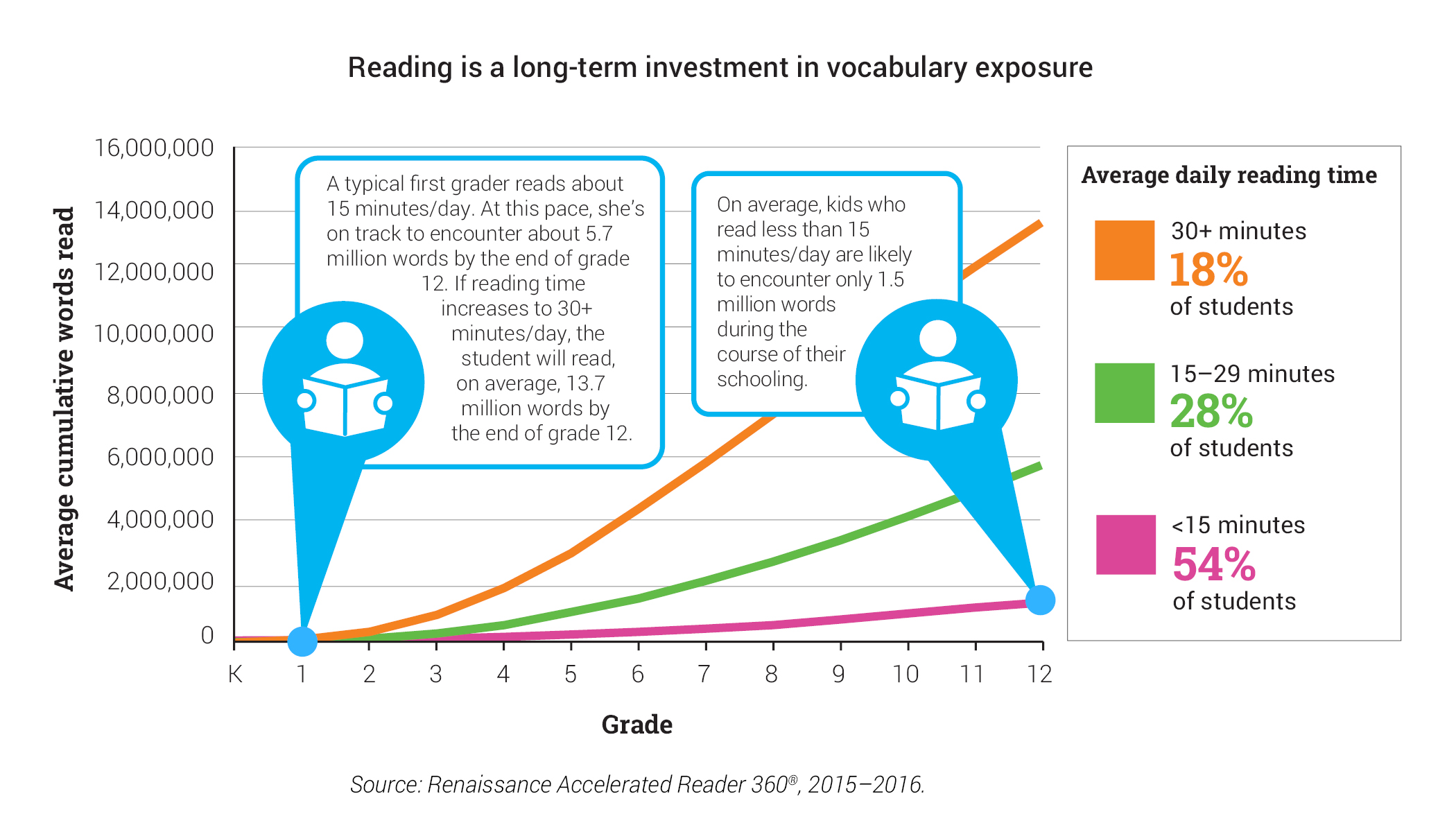November 17, 2016
If you are like me, after you finish reading one book, you simply cannot get to the next one fast enough. As a mother of young children, I read for a sliver of time each night between when my children fall asleep, and when I do. This is just enough time so that I can get through a few pages before I surrender to sleep. I look forward to these peaceful moments when I can dive back into the latest book I’m reading and rejoin the characters where I left them the night before.
Reading on a device, I feel the slightest sense of unease, however, as I see my reading app’s status bar inching its way toward the book’s inevitable conclusion. It’s so comforting when I catch that little bugger only a quarter or so on its way. As much as I am enjoying every minute of the book I’m reading and wondering how the author will bring the story to close, I’m very often also torn as a part of me wants the reading to go on forever.
The good news is, of course, that it can! There is literally no end to the books, literature, stories, and information available to each of us. That’s a great feeling. That’s actually amazing and awe inspiring. No one person can or will ever read everything that’s out there, and that means so many options abound for that next great read.
As that pesky bar continues its march forward toward the last pages of the book I’m currently devouring, I often begin thinking about what I’m going to read next. In addition to wracking my brain for titles I’ve stashed on my to-do list, quizzing family and friends, and searching the internet for book recommendations, a resource I’ve used over the past decade to find my next great read has been our What Kids Are Reading report. This handy report has served as a trusty resource for reading materials not only for my kiddos, but also for me. It’s jam-packed with lists of books kids in kindergarten through twelfth grade have read—this year 9.9 million kids, in fact, who read 346 million books and nonfiction articles—as well as informative analyses on student reading practice, nonfiction reading, and text complexity.
For me, these lists serve as bona-fide book reviews. We know these kids have actually read these titles, from start to finish, because our reading data come from Renaissance Accelerated Reader 360®. The kids didn’t just check out, buy, or receive these books as gifts, only to cast them aside. They liked them enough to see them through to the end, and we know this because they had to pass carefully constructed Accelerated Reader 360 comprehension quizzes in order for these titles to have a shot of making our most read lists.
Speaking of what kids are reading, what the data tell us this year about how kids read and grow is fascinating. Did you realize the gulf that exists between what kids read in high school versus what they are expected to read only a short time after graduation when joining the workforce or pursuing further education? In the graphic below, note how reading levels hover between 5 and 8 for books and articles, respectively, in twelfth grade, versus reading levels of 10 to 14 for college and career texts.

How do we bridge this gap? The answer is complex and multifaceted, but it certainly all begins with reading. Exposure to vocabulary, content-area and otherwise, is critical. Ensuring students dedicate significant time to reading each day is non-negotiable. The more students read, the more vocabulary they are exposed to—our data also found that students’ encounters with vocabulary could be increased dramatically, by more than 10 million words over the course of their schooling, by increasing reading time by just minutes each day (see graphic below).

Are you currently looking for a great book that just might hook one of your reluctant readers? Perhaps you are searching for another engaging title for your third grader, or a book series to get an eighth-grade boy reading more frequently, or maybe it’s holiday gifts you are after. The What Kids Are Reading report is a great place to start.
When “The End” is in sight, I always feel so much better knowing I’ve got a book ready and waiting so that the end isn’t an end after all, but rather a new beginning. Visit renaissance.com/learnalytics/wkar/ to access the full report, other data nuggets, or use the web app to customize your own popular book lists by grade, gender, fiction/nonfiction, and more.

